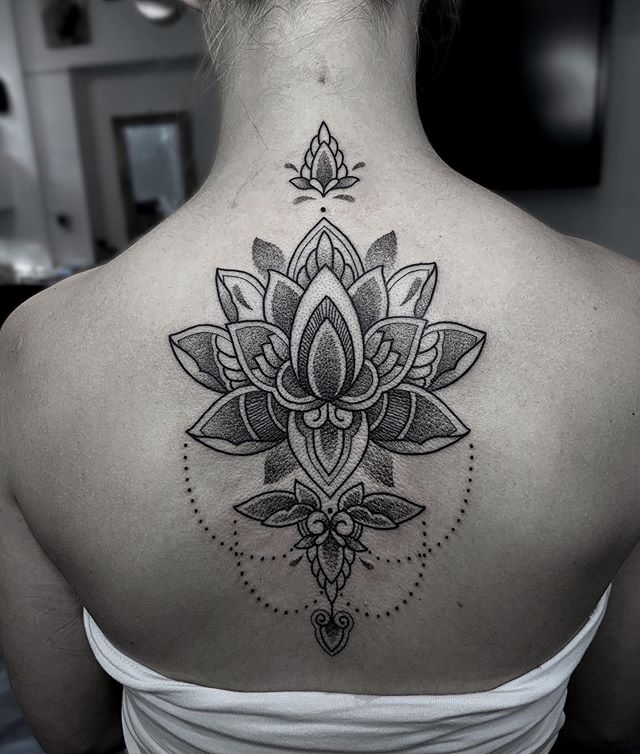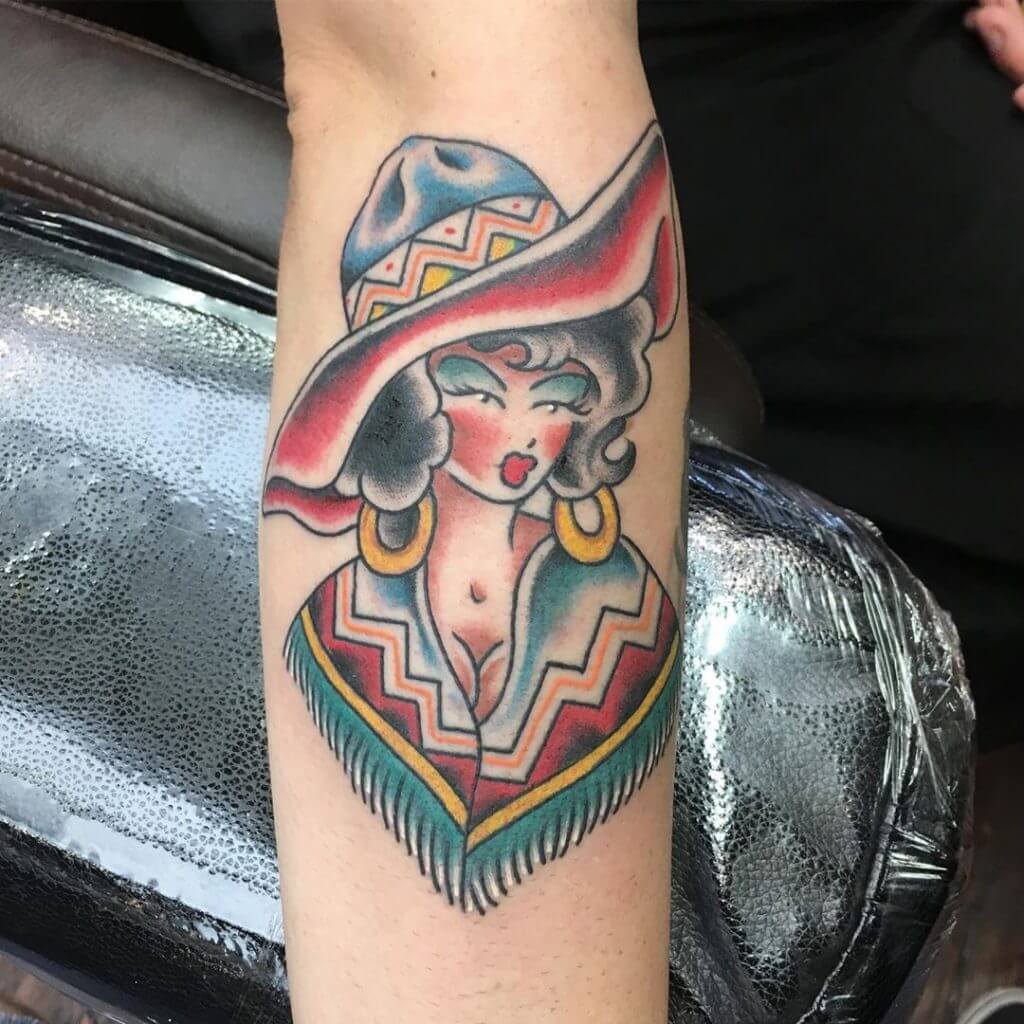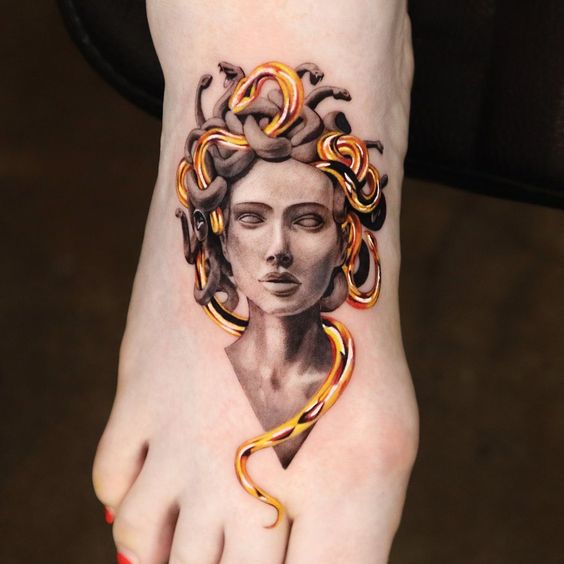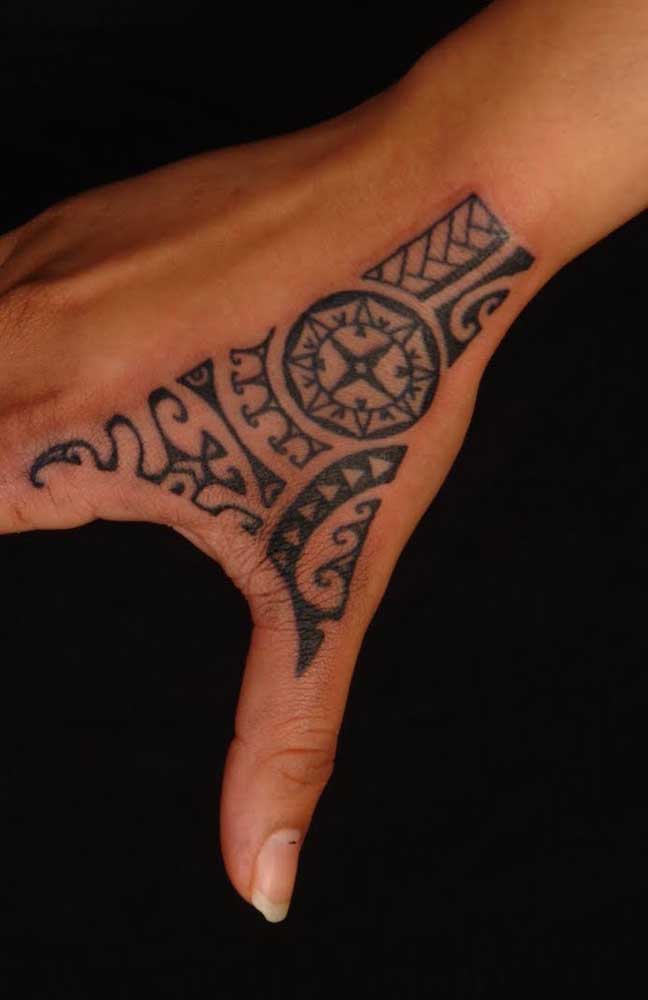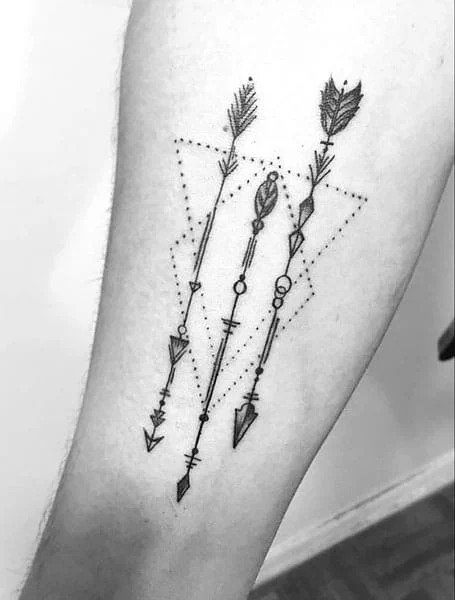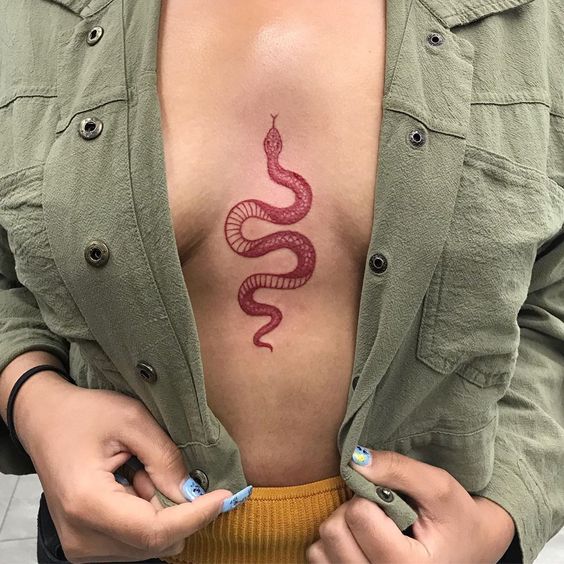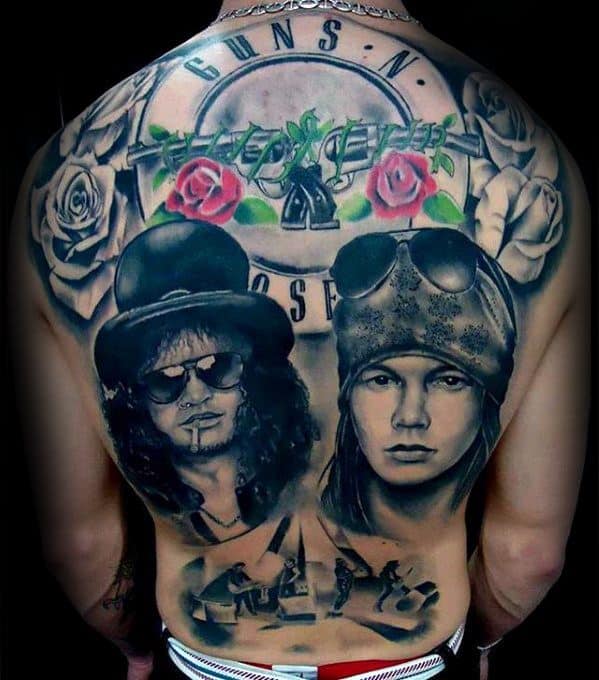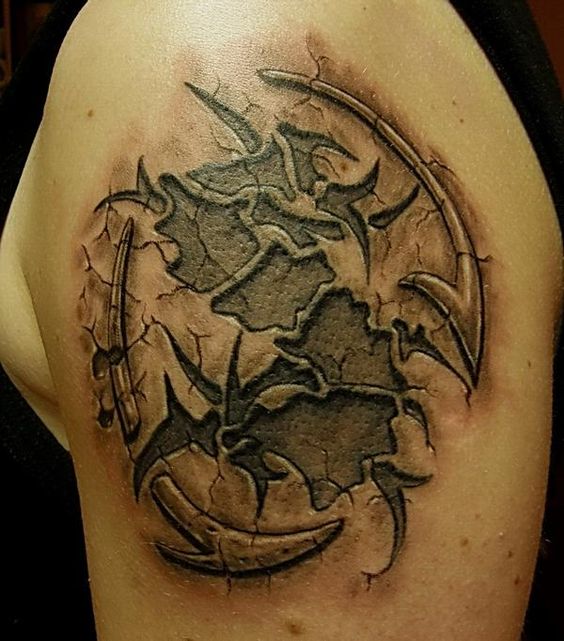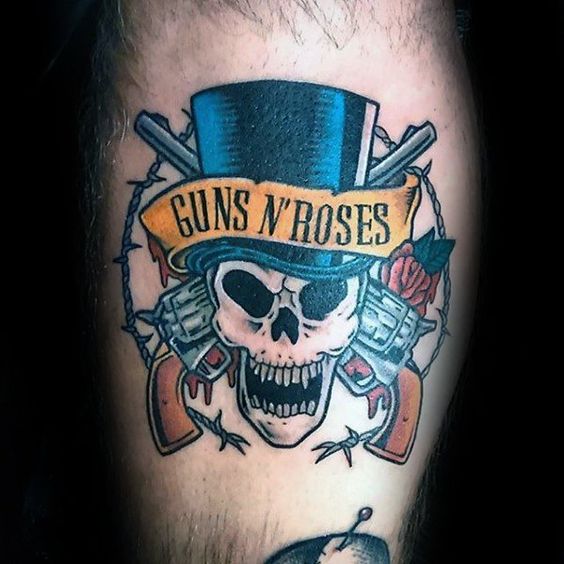The history of tattoos spans across various cultures and centuries, reflecting a rich tapestry of meanings and practices. Initially, tattoos often symbolized cultural rites, spiritual beliefs, and social status. Over time, their perception shifted, and they became associated with rebellious subcultures. Today, the history of tattoos reveals a journey from tribal insignias to mainstream artistic expression. This exploration into the history of tattooing uncovers its evolution from ancient traditions to a modern symbol of individuality and creativity.
Besides body decoration, tattoos also serve as expression forms and memory keepers. The word “tattoo” originates from the Polynesian word “ta,” meaning to draw or cross, and from “tatau,” meaning to mark something in Tachyan. Creating a tattoo involves applying ink under the skin with a needle. Legend suggests the first tattoo appeared accidentally when someone rubbed a wound with ash-covered hands, leaving a permanent mark under the healed skin.
In New York, tattoo artist Samuel O’Reilly modified Edison’s tattoo pen for his use. He patented his adaptation in 1891, leading to the creation of the first tattoo machine. This machine worked on a principle similar to today’s tattoo machines. O’Reilly’s invention dramatically improved the efficiency and safety of tattooing, reducing pain and the risk of infection. His design paved the way for the development of the electric tattoo machines widely used in the industry today, revolutionizing the art of tattooing.
Conclusion:
In conclusion, the history of tattoos illustrates a remarkable evolution from ancient symbolism to contemporary art. This journey, marked by cultural, social, and technological changes, has seen tattoos transition from tribal badges to rebellious markers, and finally to widely accepted forms of personal expression. The history of tattoos mirrors societal shifts, showcasing the human desire for self-expression and belonging. As we continue to embrace diverse forms of art, the history of tattooing remains a testament to creativity’s enduring power.
